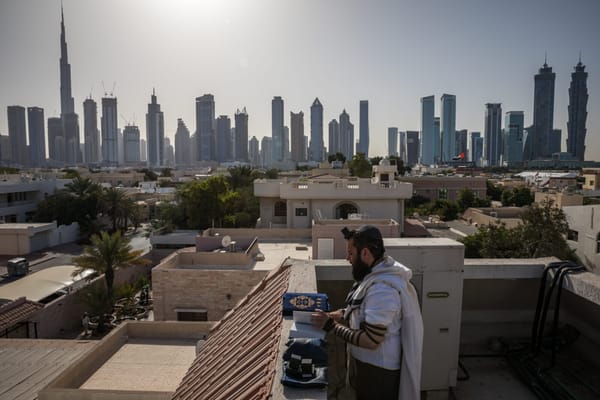Four Weddings and a Funeral in Yemen
On February 21, 2015, the man most countries recognize as president of Yemen, ‘Abd Rabbu Mansour Hadi, escaped house arrest in Sanaa and fled with his family to the southern city of Aden, which he soon declared the new capital. The Houthi movement, or Ansar Allah, that holds sway in Sanaa insists th








